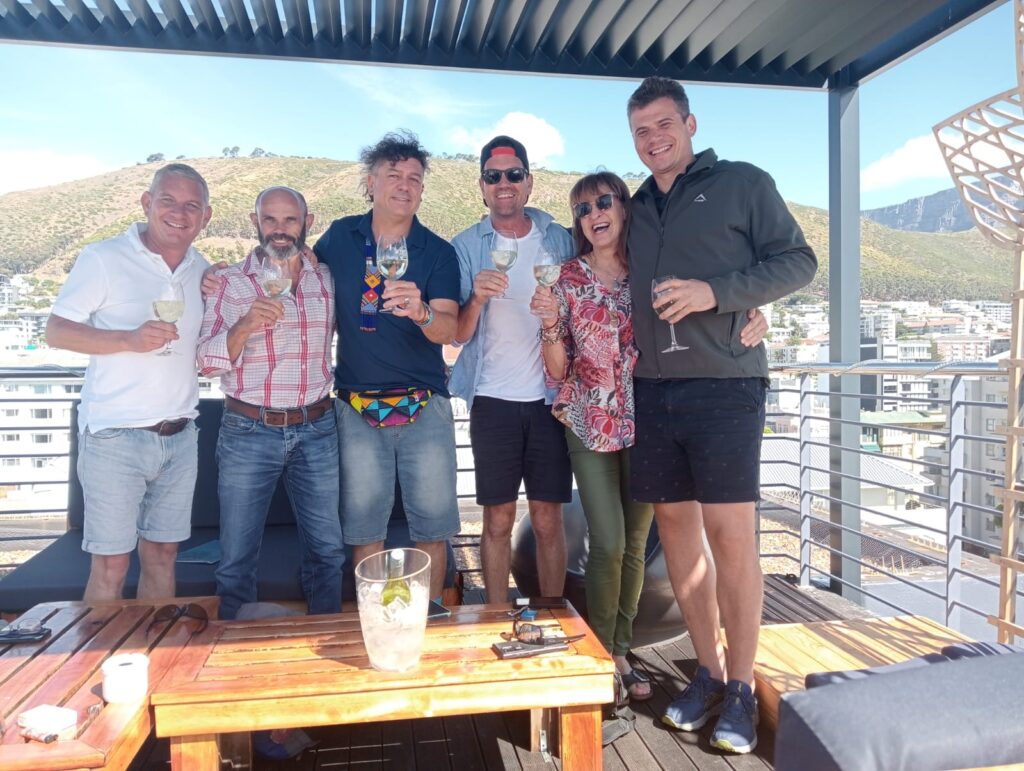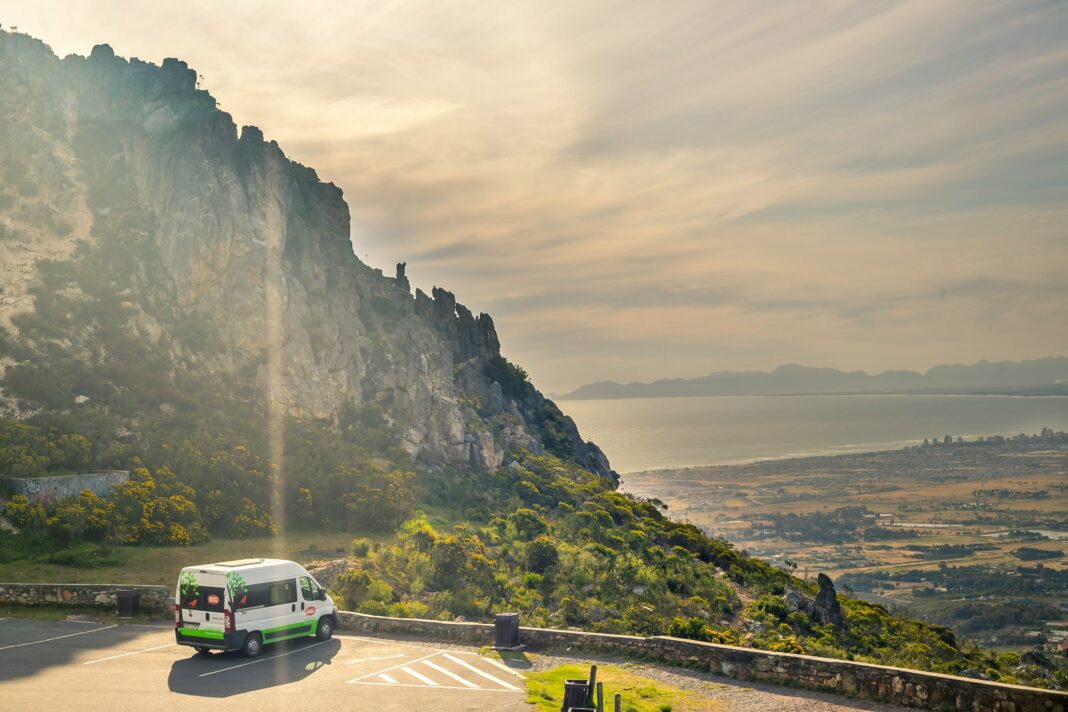For LGBTQ+ people wanting to explore the African continent safely, South Africa, where we have all the same legal rights as straight people, is an obvious choice.
Obvious, too, are some of South Africa’s must-do experiences: a safari where a visitor might see one of the big five animals like a lion, leopard or elephant; time in Cape Town, a pretty coastal city known for its beaches, its inclusiveness and its active LGBTQ+ community; a tour of the West Cape wine region; and if there’s time, a few days in Johannesburg, where a visit to the Apartheid Museum is essential. (Read our guide to guide to Cape Town here and our guide to Johannesburg here.)
But the Rainbow Nation has more than just the obvious. Travellers who want to dig a bit deeper by adding a few more days to their itinerary or, even better, return for a second or third visit will be rewarded for their curiosity. Cape Town itself has much more to see than crowd-pleasers like Table Mountain, the Victoria and Albert Waterfront and the Cape of Good Hope.
“There’s so much to do in Cape Town,” says Richard Hopkins, owner and operator of Cape Town Gay Tours, which has been providing premium tours for LGBTQ+ travellers for the last 13 years. Born in South Africa, Hopkins lived in the U.K. for years and left a career in corporate banking in London to return home with his South Africa-born husband, to reinvent himself in Cape Town. A team of six work to create and deliver bespoke tours around the city, province and country. “The city itself is great to explore. It’s where modern South Africa began, in the mid-1600s, and you can tour around and see how the city grew and developed.”
But Cape Town is also a starting point for what’s known as the Garden Route, a 300-kilometre stretch of coastline along Western Cape province, poking into Eastern Cape province. Neither wild nor urban, it’s a mix of views of the Indian Ocean, mountains, lush forests and lagoons, with stops in cute coastal towns—usually referred to by the Afrikaans word “dorps”—show a very different side of South African life.
Though LGBTQ+ visitors won’t find any megaclubs along the way, the Garden Route district does have an active LGBTQ+ community with Pride festivities taking place in dorps like Hermanus, George and Knysna (more on Knysna in a moment).
The route is typically done in three to five days, with five days being the ideal pace for the road trip. “If you’re an international traveller, you didn’t travel a long distance just to be in a rush,” says Hopkins.

The first stop on Cape Town Gay Tours’ route is usually the fishing village of Hermanus, about a two-hour drive from Cape Town, a great spot for whale watching and sea kayaking. Though it’s in the opposite direction of the Western Cape’s famous wine region (which is anchored by towns like Stellenbosch, Franschhoek and Paarl), Hermanus has 20 wineries and more than 100 wines to sample. At Oudtshoorn, there are ostrich farms and the nearby Cango Caves, a four-kilometre network of dramatic underground Precambrian limestone tunnels and chambers.
Knysna is Hopkins’ favourite stop. Tucked between the ocean and an estuary, it’s where many wealthy Cape Town residents have their holiday homes. “It’s a beautiful town, with the lagoon setting and the ocean, a lovely waterfront district. You’re close to the beautiful beaches at Plettenberg Bay, which is kind of like their riviera, close to animal sanctuaries. You can spend several days there chilling, exploring the rocky coastline, having fabulous lunches,” he says.
Knysna, a dorp of about 76,000 people, is also famous for its Pink Loerie Mardi Gras and Arts Festival, which is essentially Knysna Pride. Named after a local bird that’s usually green, this queer celebration has parties, a drag festival, a bear festival, a parade and other cultural events. Celebrating its 26th year next year (April 30 to May 2, 2026), it’s one of the country’s biggest LGBTQ+ events outside of Cape Town and Johannesburg. The dorp also hosts an Oyster Festival and the Rastafarian Earth Festival, a celebration of the religion and of Black emancipation tied to the birthday of Haile Selassie, the last emperor of Ethiopia, who advocated for Pan-Africanism.
The longest version of the route takes travellers to Gqeberha, formerly known as Port Elizabeth, in Eastern Cape province. It’s a great base for visits to Addo Elephant National Park, Donkin Reserve, Kragga Kamma Game Park (note that many “game parks,” including this one, don’t allow hunting and can be considered more like wildlife reserves) and unspoiled beaches like Sardinia Bay.
Hopkins says dining and drinking venues along the route are amazing, and that international visitors are always impressed with how far their money goes after being converted to South Africa’s rand.
“Great high-end dining is very affordable to tourists,” he says. “What would cost you hundreds of dollars in the United States will cost you much less here. And the quality of our food is next to none, especially considering its freshness.”


